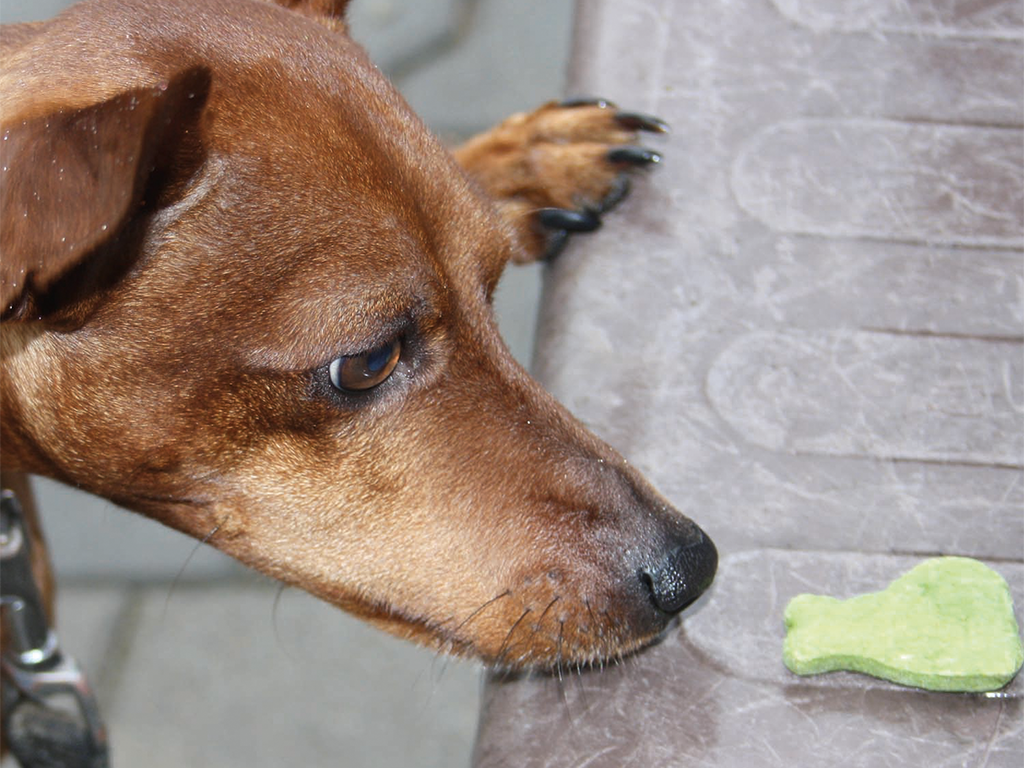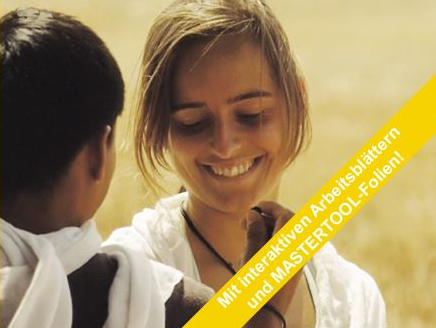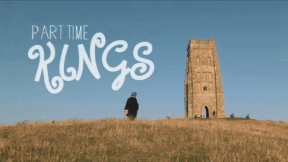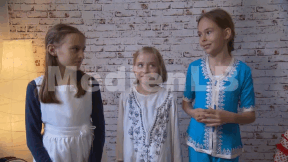 Biology
Biology

46500901 / 55500658
Conditioning
Pavlovian Dog and Skinner-box
The theory of classical conditioning is one of several learning theories which explains how behaviours can result from stimulation without, however, taking into consideration the processes in the brain (black box). Stimuli differ considerably. They can be, for example, chemical, mechanical, acoustic or temperature stimuli. The stimulus makes contact with a sensory organ, this leads to excitation formation. The excitation is transferred to the brain via sensory nerves and processed there. The command from the brain is passed on via motor nerves. The command is executed and a response occurs.
Play trailer
Curriculum-centred and oriented towards educational standards
Matching
Mobile Learning II
Oh, what’s that? Original soundtrack Thissen: “As our children grow up in a media world and naturally handle the media, they should also be a topic in school.“ An older child says the point is that they don’t just load down apps but create things themselves that haven’t existed so far. Hi, I’m Jana. A propeller hat. I’ll put it on. Now I’m no longer a simple rhino, but a flying rhino. Original soundtrack Thissen: “It’s exactly the great flexibility of tablets that promotes very personalised and adapted learning.” Original soundtrack Welzel: “It’s fascinating to see how the children grow with their products and how they always want to improve them.” The Westminster Abbey is a church in London for the royal family. Original soundtrack Welzel: “And?“ They think it is ok.









